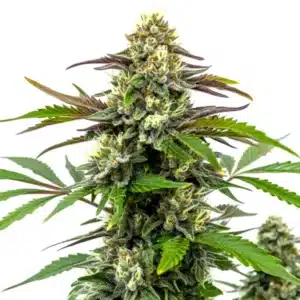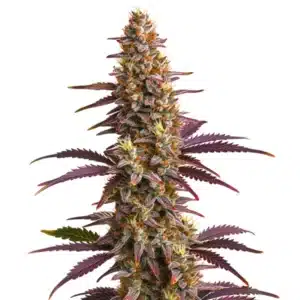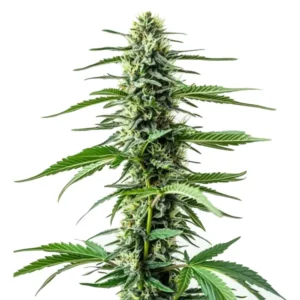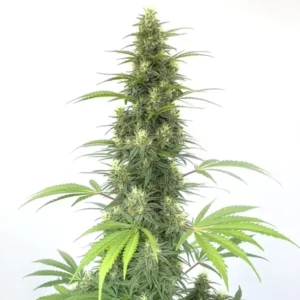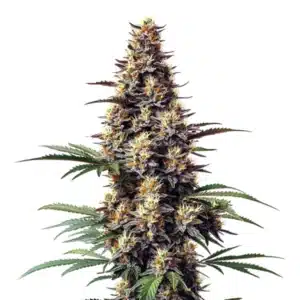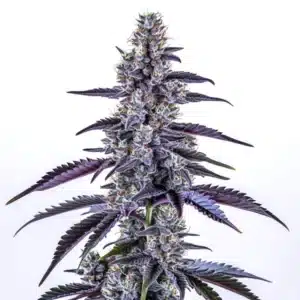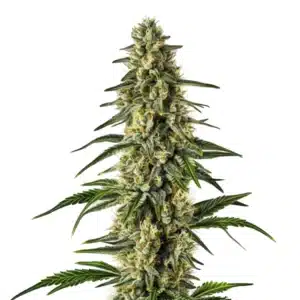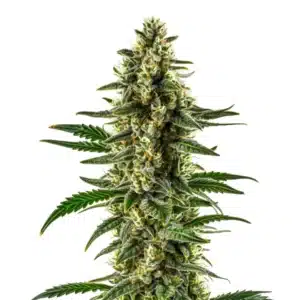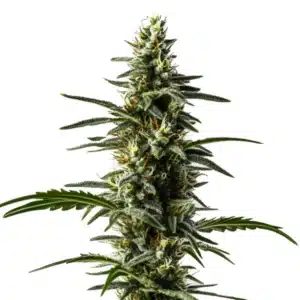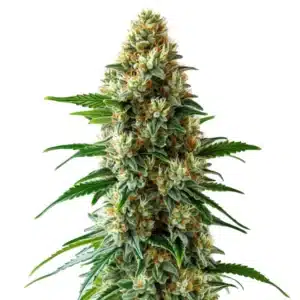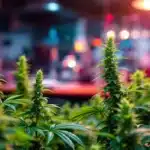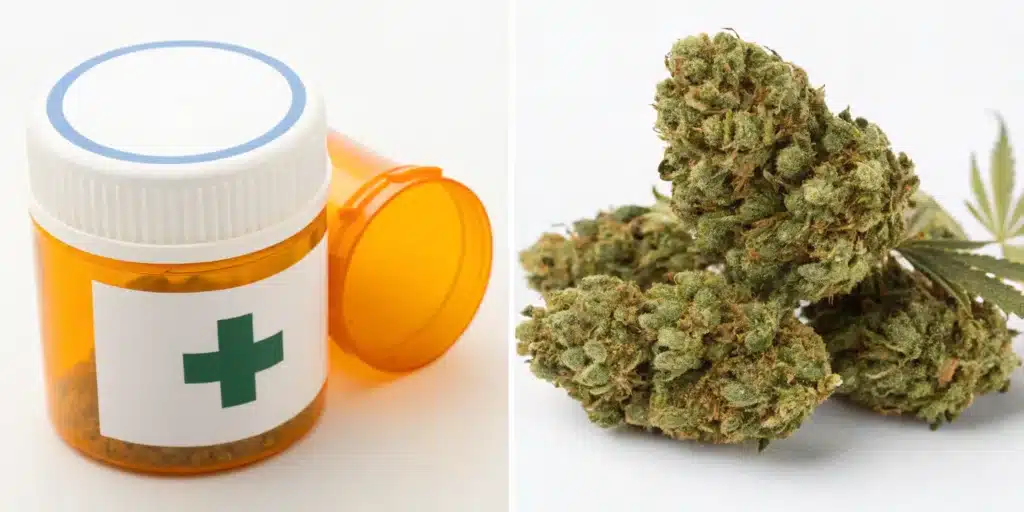
What Is the Difference Between Medical and Recreational Weed?
Grasping Medical Cannabis
Medical cannabis means using the cannabis plant or its extracts to treat various health conditions. It includes a wide range of products like oils, capsules, and dried flower that healthcare professionals prescribe to relieve symptoms associated with illnesses such as chronic pain, epilepsy and multiple sclerosis. Patients take medical cannabis under the guidance of healthcare professionals who determine the right product and dosage for each case.
Patients using medical cannabis report that it greatly enhances their quality of life and overall comfort. Cannabinoids in cannabis alleviate pain, reduce inflammation, and improve appetite, which helps those who struggle with debilitating symptoms. Many patients choose medical cannabis after conventional medicine does not meet their needs, and they seek out alternative treatments that restore a sense of control over their health. In this context.
Recommended Strains
Bubblegum
|
|
THC | 13% - 25% (Medium) |
|
|
Type | Feminized |
|
|
Yield | Medium |
|
|
Phenotype | 50% Indica / 50% Sativa |
Bubble Gum Sherb
|
|
THC | 30% - 32% (High) |
|
|
Type | Feminized |
|
|
Yield | High |
|
|
Phenotype | 70% Indica / 30% Sativa |
It’s important to note that medical cannabis does not cure diseases, but it plays a vital role in symptom management. It’s commonly prescribed when other medications are no longer effective, especially in chronic conditions. Thanks to the human body’s natural endocannabinoid system, which is designed to receive these compounds, cannabis is considered a very safe medicine when administered under professional supervision.
Moreover, no cases of acute intoxication have ever been recorded in medical cannabis use when prescribed and dosed correctly. Patients also find it easy to stop using cannabis once the treatment ends, which adds to its appeal as a non-addictive, short-term therapeutic option.
Primary Purposes and Benefits
The primary purpose of medical cannabis centers on symptom relief and improved daily function. Many individuals with chronic conditions find that cannabis effectively manages pain, fatigue, and anxiety. Its natural compounds, especially cannabinoids like THC and CBD, actively interact with the body’s endocannabinoid system to produce therapeutic effects that clinicians appreciate.
Beyond pain relief, medical cannabis demonstrates promise in treating conditions like anxiety, depression, and sleep disorders. Studies reveal that certain strains help patients relax and foster better sleep, which in turn enhances mental well-being. Patients undergoing chemotherapy also report that cannabis reduces nausea and boosts appetite, helping them maintain strength during treatment. Many doctors discuss what is the difference between medical and recreational weed when recommending specific products to match the varied benefits needed for individual care.
When it comes to ingestion, edibles used for medical purposes can be up to 60 times more potent than smoked cannabis, making it crucial to follow proper dosing. While inhaled cannabis might cause only mild intoxication, poorly measured ingestion can lead to acute intoxication, even in therapeutic use hence why precision in administration is essential.
Promos & Deals
Grasping Recreational Cannabis
Definition of Recreational Cannabis
Recreational cannabis is used primarily for enjoyment, not for medical necessity. It includes various products and strains meant to elevate mood, stimulate creativity, or help users relax. Since it does not require a prescription, recreational cannabis is more widely accessible. However, this also means the products may vary in quality and dosage, and require more personal responsibility from users.
The recreational market has grown rapidly in recent years as more states and countries legalize its use. This expanding market offers a diverse selection of products such as edibles, concentrates, and various flower strains with distinctive effects and flavor profiles. Many consumers delight in trying different strains to determine which best suit their personal preferences.
Usage and Experience
The experience of consuming recreational cannabis varies greatly with strain and method. Users pursue specific effects, whether a euphoric high, deep relaxation, or heightened sociability during gatherings. Many people enjoy using cannabis in group settings like parties or social events where shared experiences add to the enjoyment.
Some individuals prefer smoking or vaping, while others choose edibles or tinctures for a different experience. For example, edibles take longer to affect the body yet can produce a prolonged and intense high. Enthusiasts share their experiences and opinions on difference between medical and recreational weed to better understand which consumption methods create the most satisfying results during social occasions.
A crucial safety tip for recreational use: Never consume edibles on an empty stomach, and always calculate dosage carefully. Overconsumption of edibles is one of the most common causes of adverse effects in recreational settings, especially among beginners.

Key Usage and Consumption Variations
Consumption Methods Compared
Examining various consumption methods proves essential when comparing medical and recreational cannabis. Medical cannabis users generally prefer precise dosing through tinctures or capsules to control intake accurately, which matters for consistent symptom relief. In contrast, recreational users often favor smoking, vaping, or enjoying edibles for a more casual and spontaneous experience. This “What Is the Difference Between Medical and Recreational Weed” article serves as a guide for understanding these differences in consumption techniques and their outcomes.
Different methods of use affect the onset and duration of effects significantly. Smoking or vaping delivers rapid results, while edibles require more time to kick in yet may provide longer-lasting effects. Consumers choose their preferred method based on desired effects and practicality.
The choice of method impacts how quickly and how long the effects are felt. Medical use prioritizes precision, while recreational use allows for experimentation and variability in effect intensity.
Effects and User Goals
The goal of cannabis use varies depending on the context. Medical users seek relief from symptoms and may prefer high-CBD, low-THC strains. Recreational users often look for strong psychoactive effects, favoring high-THC strains.
Key difference: Medical cannabis aims to reduce pain and discomfort, while recreational use focuses on enhancing mood and experience. Understanding this helps users select products that meet their physical or psychological needs more accurately.
Legal and Regulatory Differences
Prescription and Licensing Requirements
Legal disparities between medical and recreational cannabis show a striking contrast in prescription and licensing demands. Medical cannabis requires a prescription and frequently mandates a medical marijuana card that allows patients to access regulated products from licensed dispensaries. Recreational cannabis, however, follows its own set of rules such as age limits and purchase restrictions.
Businesses and patients navigate a strict regulatory framework for medical cannabis that enforces rigorous product testing and safety standards. In recreational markets, authorities implement age restrictions, taxes, and sales limits to protect consumers.
Medical cannabis requires a formal diagnosis and often a medical marijuana card issued by a certified physician. This ensures patient access to tested, regulated products. Recreational cannabis, by contrast, is available to adults meeting age and legal criteria, with fewer health-related restrictions.
Regulatory Frameworks
Governments impose strict regulations on medical cannabis to ensure patient safety, including traceability, testing, and dosing guidelines. Recreational markets emphasize consumer protection, sales limits, and taxation policies, while offering broader access.
Authorities maintain strict control over medical cannabis through comprehensive policies that monitor production and distribution. Recreational laws focus on safe consumption and economic regulation, allowing wider consumer choices.
Market Trends and Consumer Behavior
Market Demand Comparison
The medical cannabis market is steady, with a reliable patient base and continued scientific research supporting its efficacy. Recreational markets, on the other hand, experience rapid growth due to increased legalization, innovation, and mainstream acceptance.
Increasing legalization and changing attitudes boost the recreational sector, leading to abundant product variety and competitive pricing. In contrast, medical cannabis enjoys a dependable customer base and a reputation for reliability among patients.
Industry Growth Patterns
The growth patterns in the cannabis industry reveal contrasting trends between medical and recreational segments. The medical sector enjoys steady, incremental expansion due to its dedicated patient base and regulated market channels. Recreational cannabis, however, experiences explosive growth driven by public excitement, innovative product development, and a broader consumer base. What Is the Difference Between Medical and Recreational Weed helps explain these varying growth trajectories by providing clear comparisons and insights into consumer motivations.
Studies show that medical cannabis grows slowly yet consistently, driven by ongoing research into its therapeutic benefits and stable demand from patients. Meanwhile, recreational cannabis grows rapidly in response to cultural shifts and increased accessibility.
These diverging patterns reflect distinct consumer motivations: therapeutic relief versus lifestyle enhancement. Both markets coexist but follow different developmental curves based on purpose and regulation.
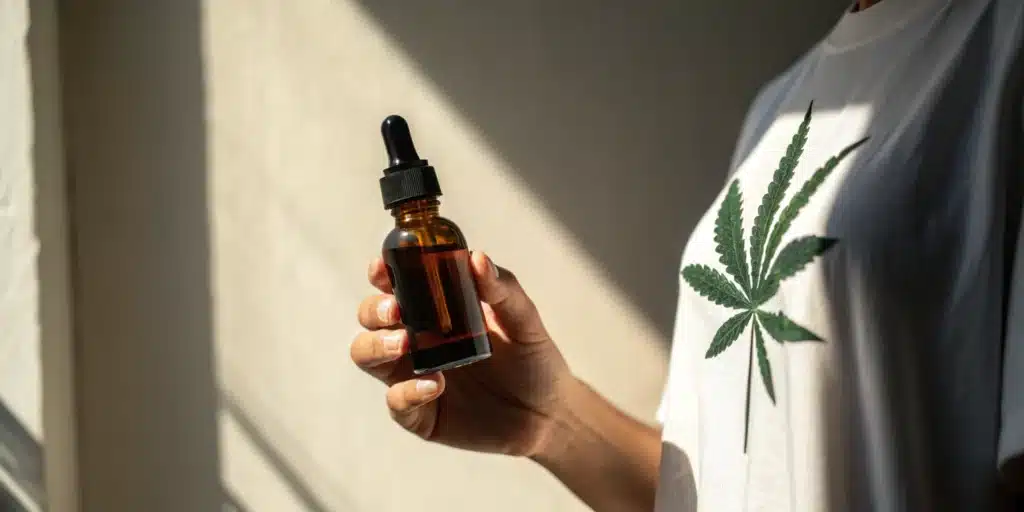
FAQs about difference between medical and recreational weed
How do the safety profiles differ between the two types?
Users notice distinct safety profiles in medical and recreational cannabis. Medical cannabis follows stringent guidelines and undergoes regular testing, which ensures a high level of safety and consistency. In contrast, recreational cannabis may feature a broader range of products with variable quality controls. Consumers rely on discussions of what is the difference between medical and recreational weed to help them select products that meet safety standards and personal requirements.
What legal implications affect each category?
The legal implications for each cannabis category differ in several key ways. Medical cannabis requires a prescription and operates under a strict regulatory framework that includes patient registration and dispensary oversight. Recreational cannabis enjoys broader accessibility but incorporates age restrictions and purchase limits.
Can one transition from medical to recreational use easily?
Many users wonder if they can switch from medical to recreational cannabis without complications. Transitioning may appear straightforward in regions where both markets coexist, yet differences in product labeling, dosing, and legal documentation can complicate the switch. Consumers often consider difference between medical and recreational weed when planning a transition to ensure they choose products best suited to their specific needs.



